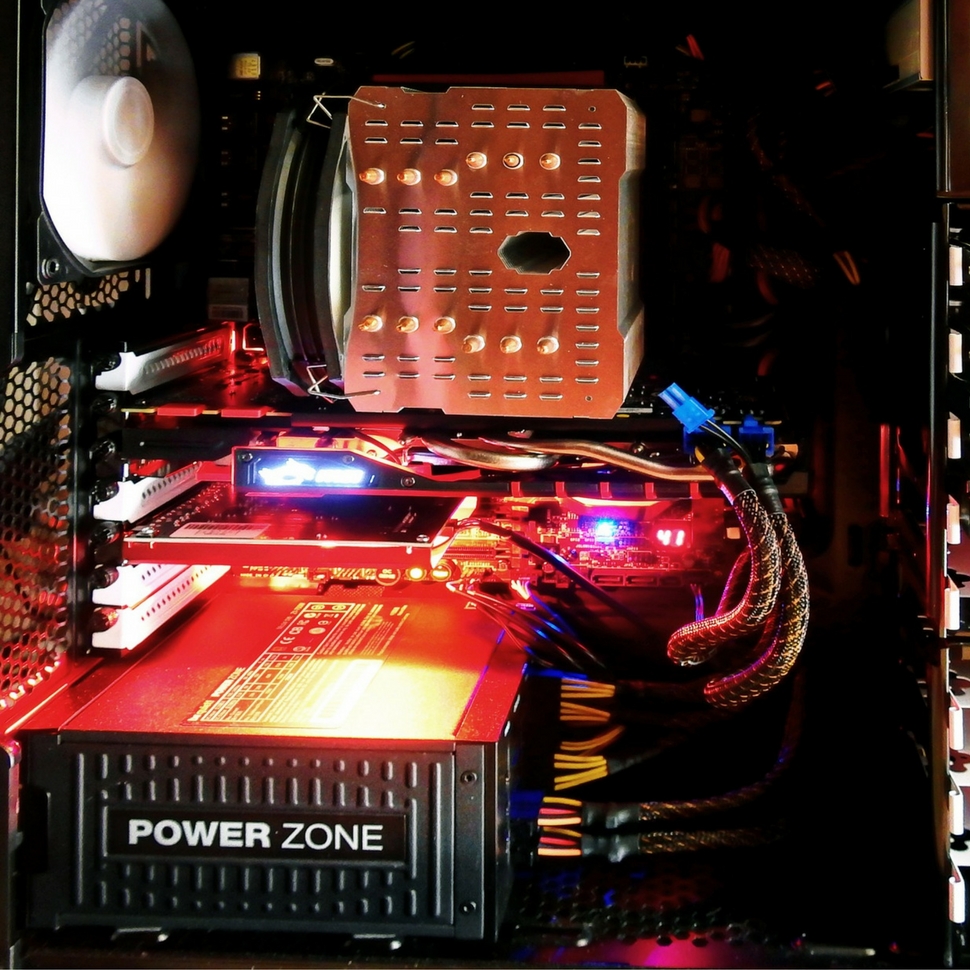A look into ‘green’ web services, how ‘green’ they truly are, and why flexible workspace operators should consider switching to this more eco-friendly web hosting option.
Guest post by Dan Jones, ip-Xchange
Kermit the Frog once sang ‘It’s not easy being green’. Really Kermit? Is it that hard? I would have thought that being green is the least of your problems. I reckon your more pressing issues are keeping Miss Piggy happy and dealing with a highly unpredictable bunch of colleagues. Being green is way down your list of problems.
So if it’s easy for Kermit, then how easy is it for you to be green? Not literally of course. I mean ‘green’ in terms of your flexible workspace’s environmental impact.
Ever thought about it?
If you haven’t then there are a number of fairly straightforward initiatives that you can implement. Things like recycling waste paper and cardboard (66% of paper consumed in the US in 2011 was recovered for recycling), encouraging colleagues and clients to use public transport (75% of urban air pollution is caused by motor vehicle fuel combustion) and cutting down on electricity use are all fairly straightforward ways to make it easier to be green.
Technology is one of the biggest sources of energy consumption in a workplace, that is, aside from heating and lighting.
Not leaving equipment on standby and unplugging chargers and the devices they charge when they’re full may seem like small measures. But when actively and collectively done by staff and workspace members, these small measures add up to significant savings, both financially and environmentally speaking.
(For those of you curious enough, here is how much power devices use when left on standby.)
These in-house measures can take you some way…but not all the way.
Going Beyond Your Workspace Walls And Offering Green Web Services
First off, let’s briefly address what ‘green web services’ are.
IGI Global defines Green Web Services as: “web services (that) endeavor to play a significant role for measuring the carbon footprints of a business and thus help the enterprise to take effective action to shrink the carbon footprints.”
In simpler words, green web services are those that help businesses, companies, and workspaces reduce their environmental impact.
The question that follows is: how green are these web services? Surely, (you must be thinking) having huge air conditioned rooms of whirring computers means that they cannot be that green.
Well, let me prove you wrong.
Having done a little research it seems that there are a number of services that make green web services quite, well, ‘green’. These can be roughly split into two areas:
Energy efficiency
This is based around using the latest servers that use less electricity and are more efficient with the way they use it. I could go into great detail about the technological developments that mean servers are way more power efficient than they used to be, but I’d bore you all to tears.
So, in a nutshell modern servers use a lot less power and generate a lot less heat. Less heat generated means less air conditioning is required, which means even less electricity is used in the data centres where these servers are housed.
Simple, right?
(To give you an idea of scale, it’s estimated that Google has around 900,000 servers in its data centres located around the world, and Amazon is estimated to have around 450,000)
Carbon neutrality
This involves practices like planting trees to negate the impact of the CO2 generated by their energy usage and purchasing green energy tags or certificates that calculate the total energy used by the service provider. These calculations afterwards transfer the equivalent energy generated by sustainable sources into the power grid.
So it seems you can now make your internet use ‘greener’, but should you?
Our take on it is, yes. Just make sure you look at the credentials that different suppliers might offer you.
Making your workspace environmentally friendly can bring benefits to both you and your clients. You just need to ensure that, unlike Kermit’s song, you make it easy for yourself and your members to ‘go’ green.


 Dr. Gleb Tsipursky – The Office Whisperer
Dr. Gleb Tsipursky – The Office Whisperer Nirit Cohen – WorkFutures
Nirit Cohen – WorkFutures Angela Howard – Culture Expert
Angela Howard – Culture Expert Drew Jones – Design & Innovation
Drew Jones – Design & Innovation Jonathan Price – CRE & Flex Expert
Jonathan Price – CRE & Flex Expert














